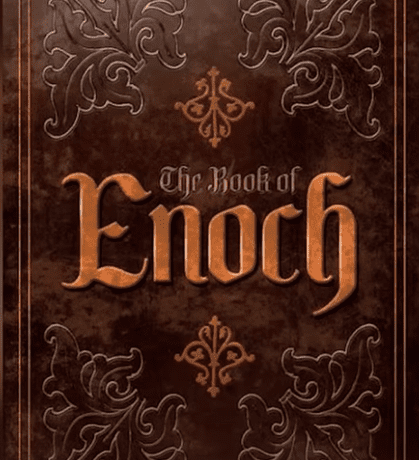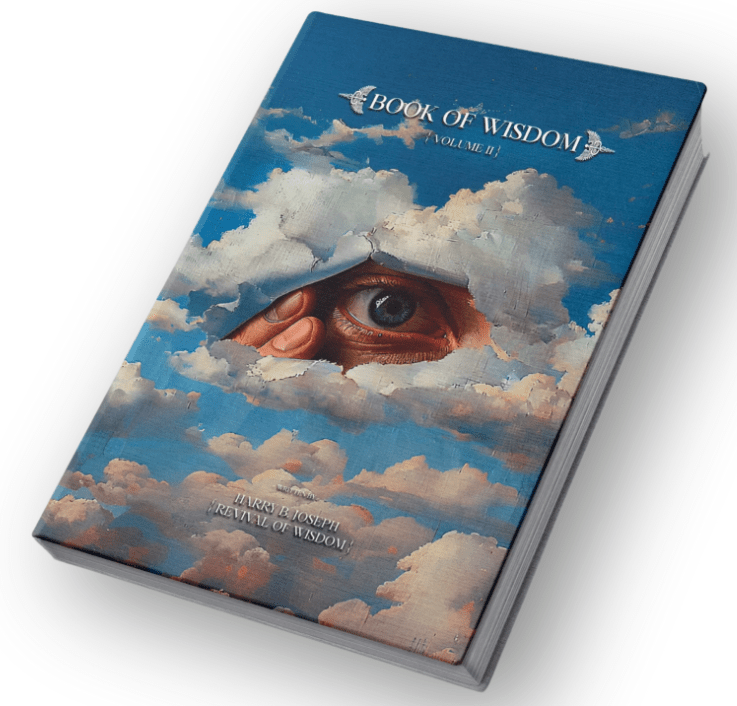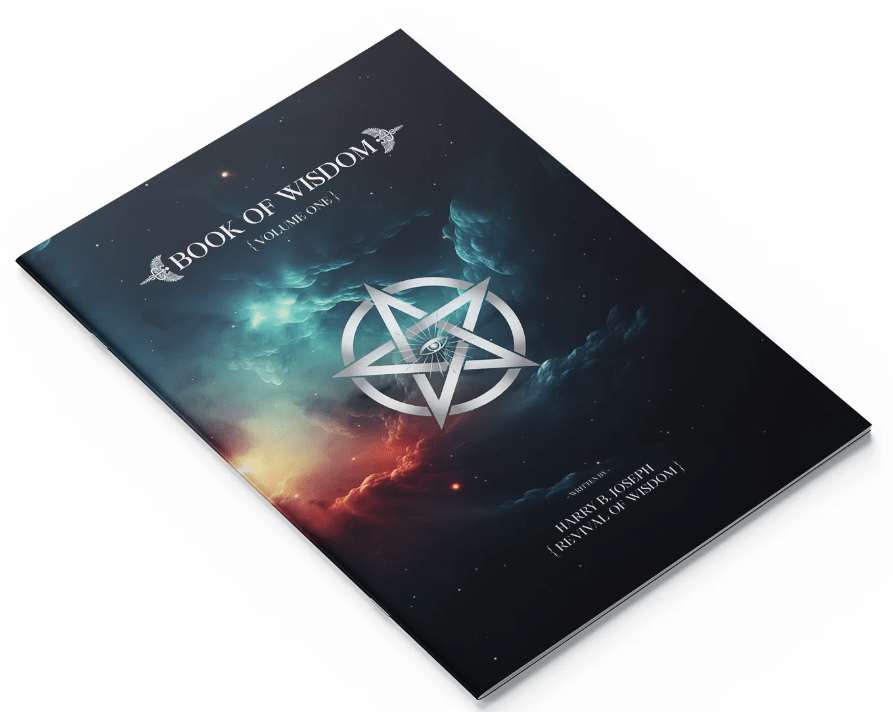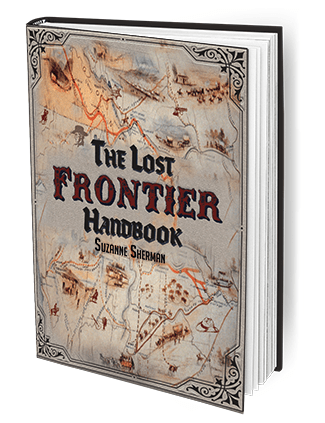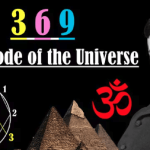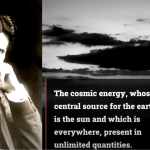Unraveling the Mystery of Creation
The origins of the universe have been a topic of great debate and fascination throughout human history. The Book of Genesis presents a six-day creation account that, surprisingly, aligns well with scientific evidence. This article will delve into the scientific validity of the six-day creation account and explore the film “How The World Was Made In Six Days,” which attempts to bridge the gap between science and religion.
The Genesis Account of Creation
The Book of Genesis describes the creation of the world in six days. God first created light on day one, then the sky on the second day. The land, seas, and plants were formed on the third day, followed by the sun, moon, and stars on the fourth day. On the fifth day, God created sea creatures and birds, and finally, land animals and humans on the sixth day.
Aligning Science with the Creation Account
When examined scientifically, the Genesis creation account portrays a universe that is structurally stable and mechanically efficient. Recent astrophysical discoveries confirm that the light created on the first day still exists today. The water mentioned as surrounding the earth on the first day has also been detected in various parts of the universe.
Reinterpreted geological evidence suggests that the Earth could be thousands of years old, rather than millions or billions as previously thought. Both the Genesis text and official Catholic doctrine reject evolution, and rigorous genetic research has demonstrated that Darwinian evolution is statistically improbable.
Challenging Prevailing Scientific Theories
Sir Isaac Newton, who argued that the Earth revolves around the Sun, acknowledged that a universe in which the Sun and stars revolve around a central, motionless Earth is scientifically valid. Similarly, astronomer Edwin Hubble recognized this possibility but proposed the Big Bang model due to his aversion to the divine implications of a central Earth. Albert Einstein developed his theory of relativity in an attempt to discredit evidence supporting a motionless Earth at the center of the cosmos, but he later admitted that the Earth could indeed be central and stationary.
In the Film “How The World Was Made In Six Days” The Catholic Church has not officially endorsed evolution, a moving Earth, or an old universe. The film “How The World Was Made In Six Days” strives to resolve the modern conflict between science and religion by illustrating how a literal interpretation of the six days of Genesis aligns with modern scientific discoveries.
Reconciling Science and Religion
In conclusion, the six-day creation account not only holds scientific merit but also aligns more closely with scientific findings than alternative explanations for the origins of the world. The film “How The World Was Made In Six Days” seeks to bridge the gap between science and religion, offering a fresh perspective on the origins of the universe.


